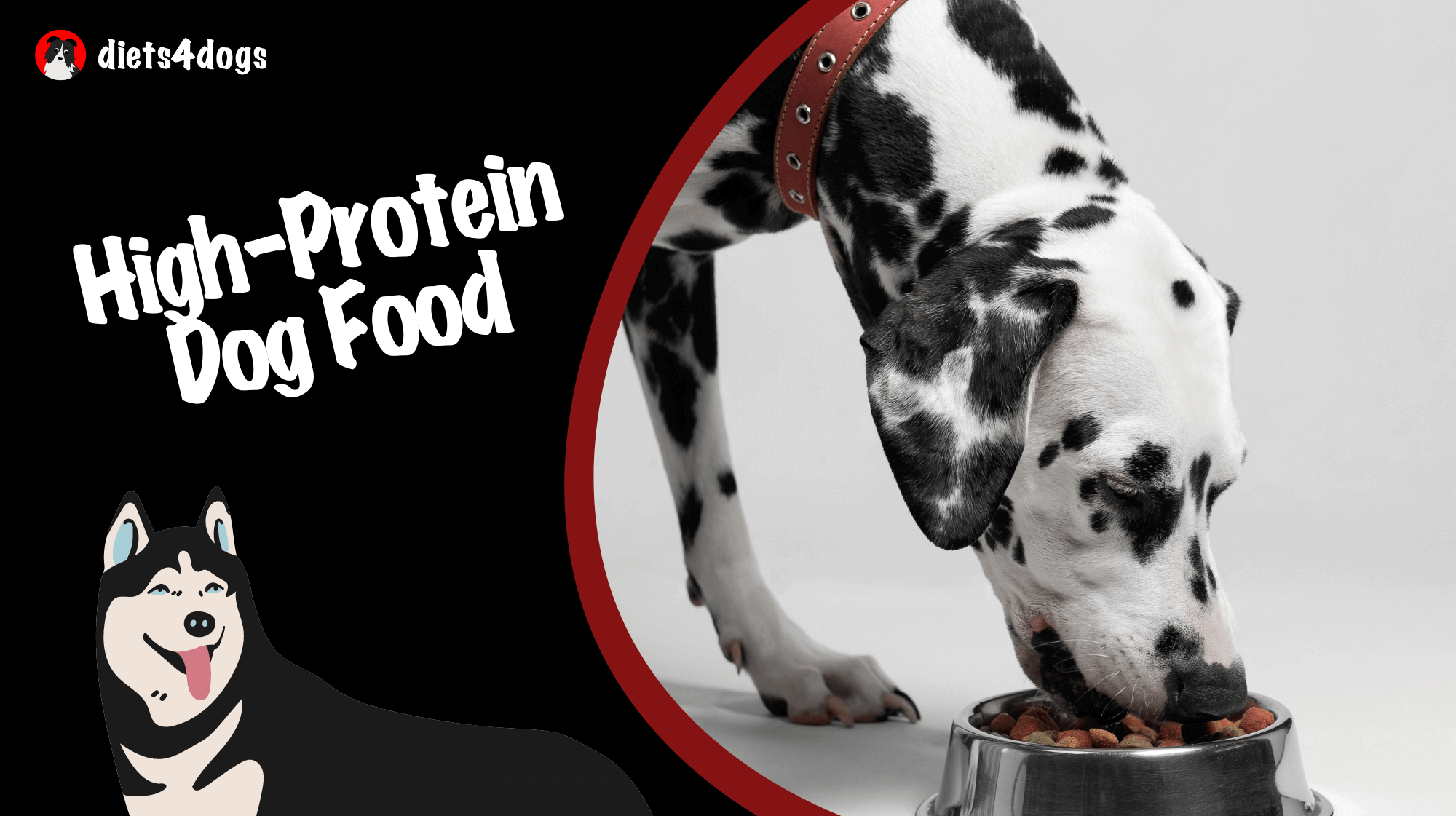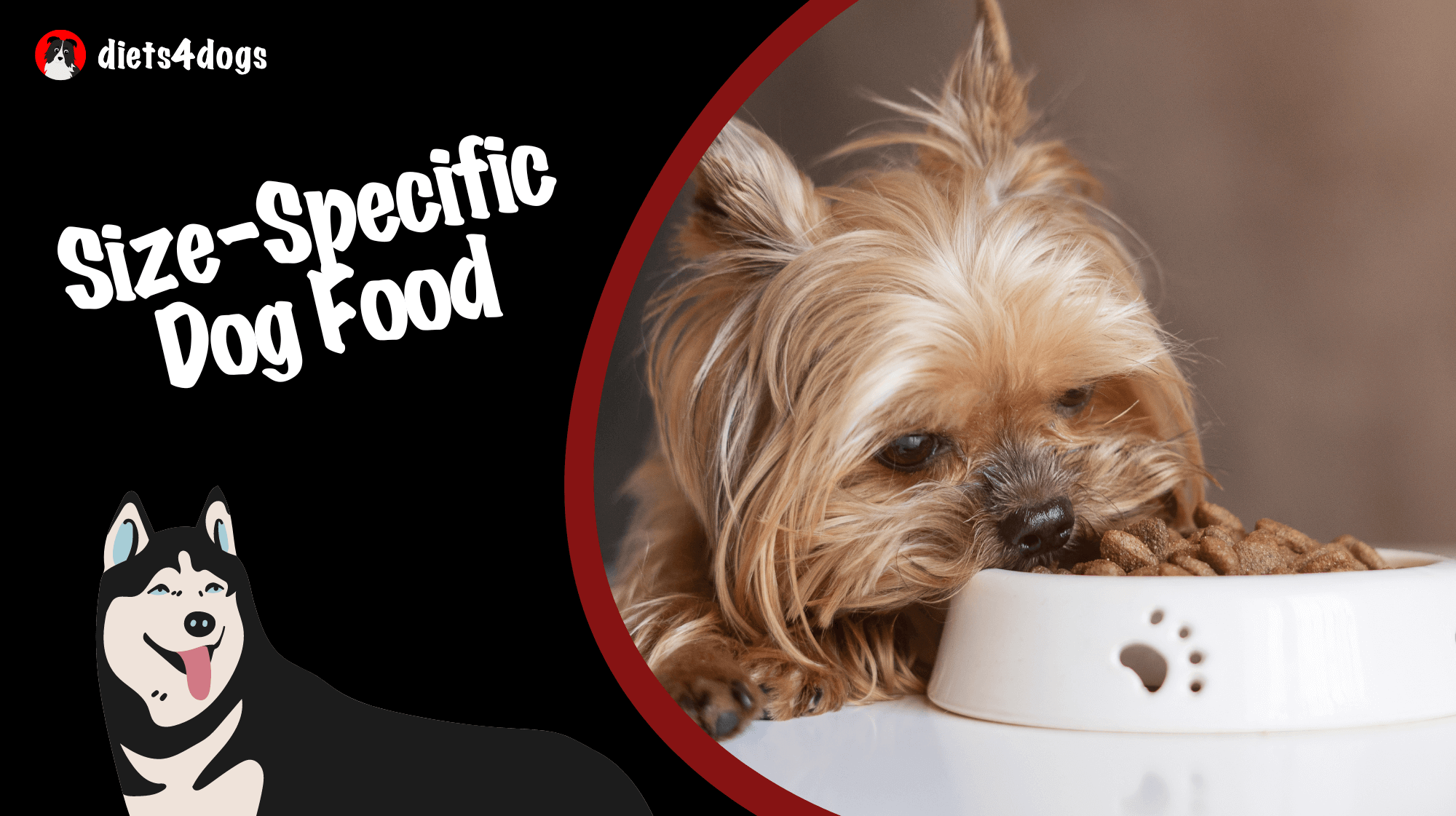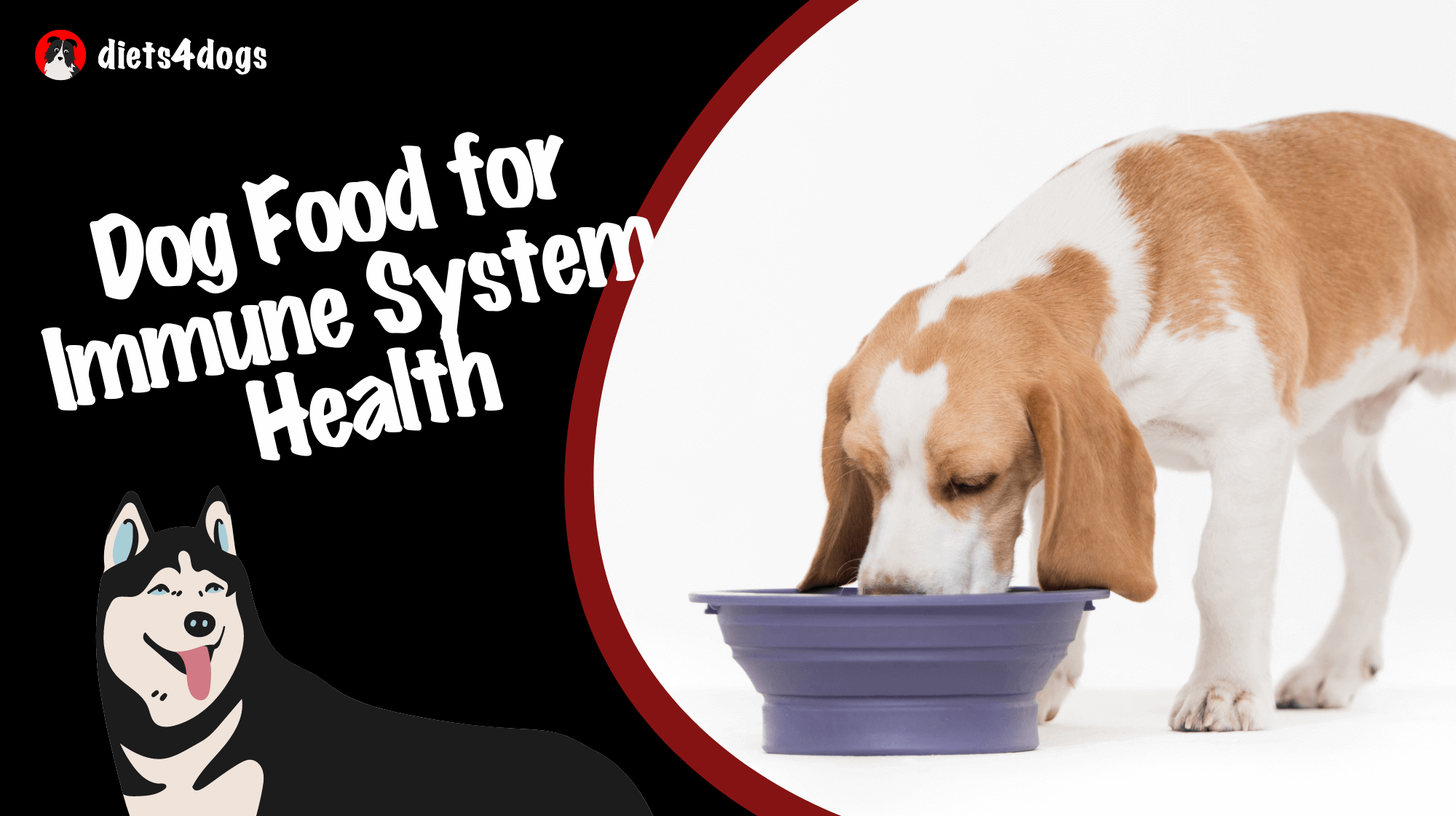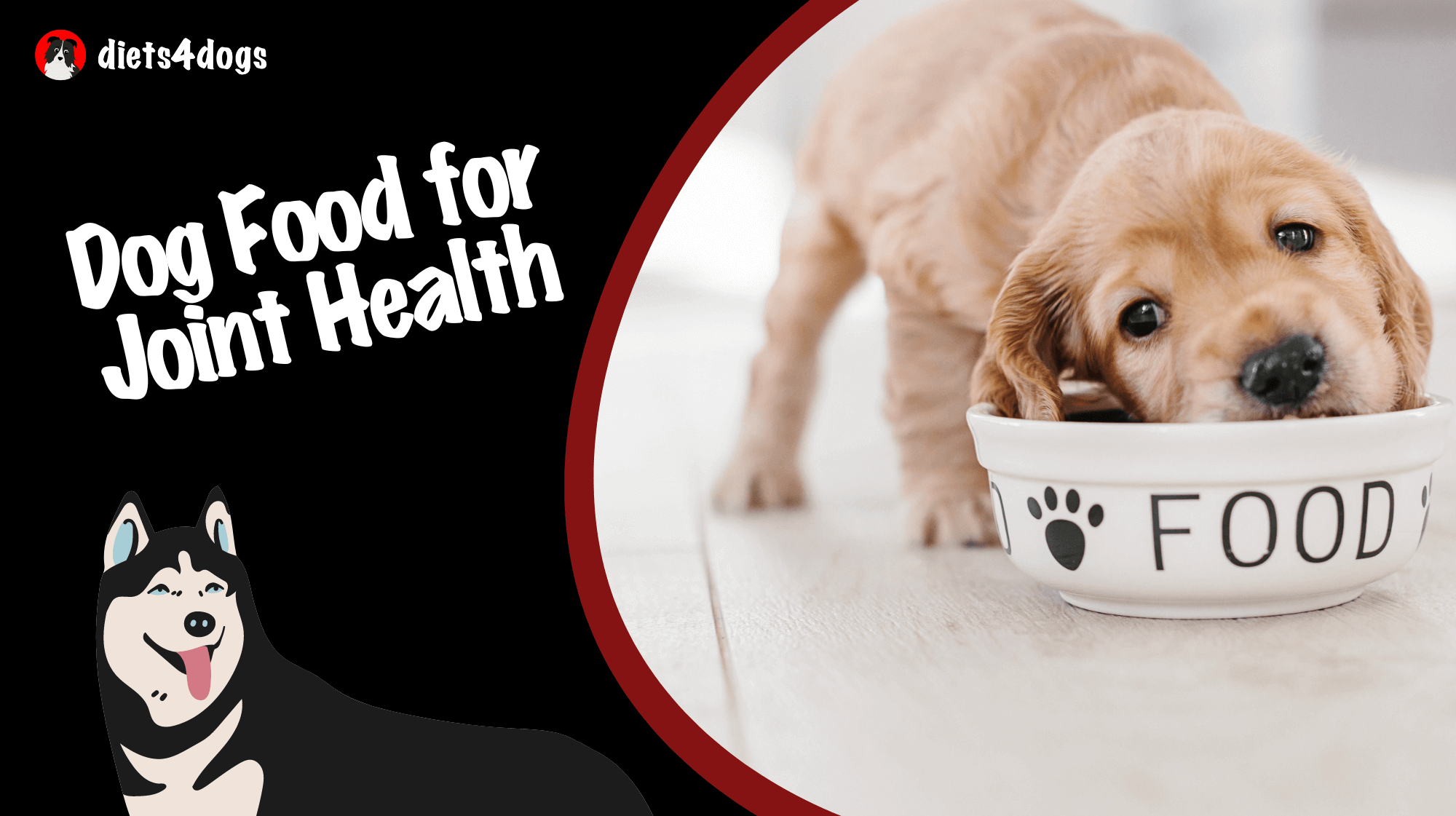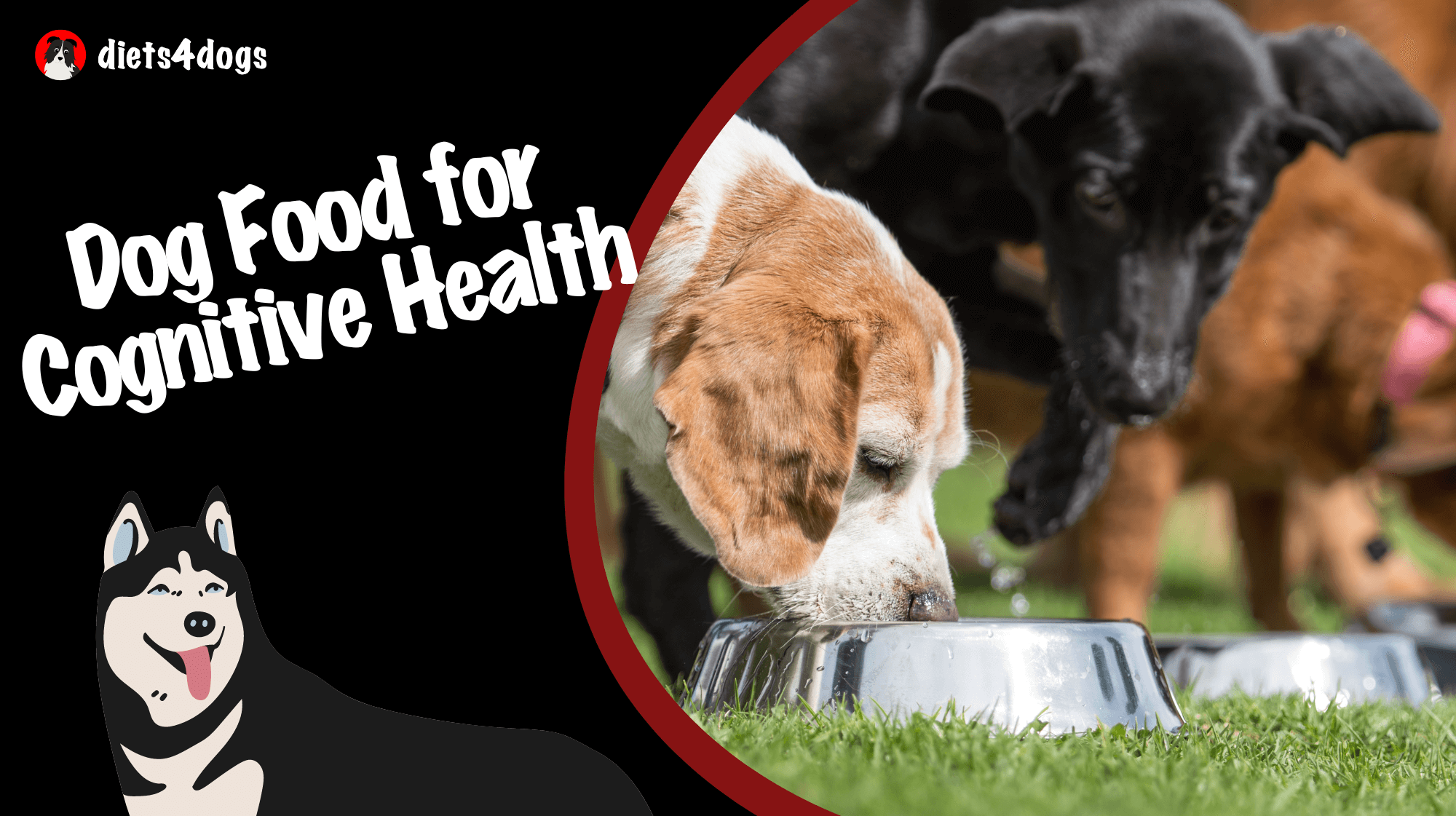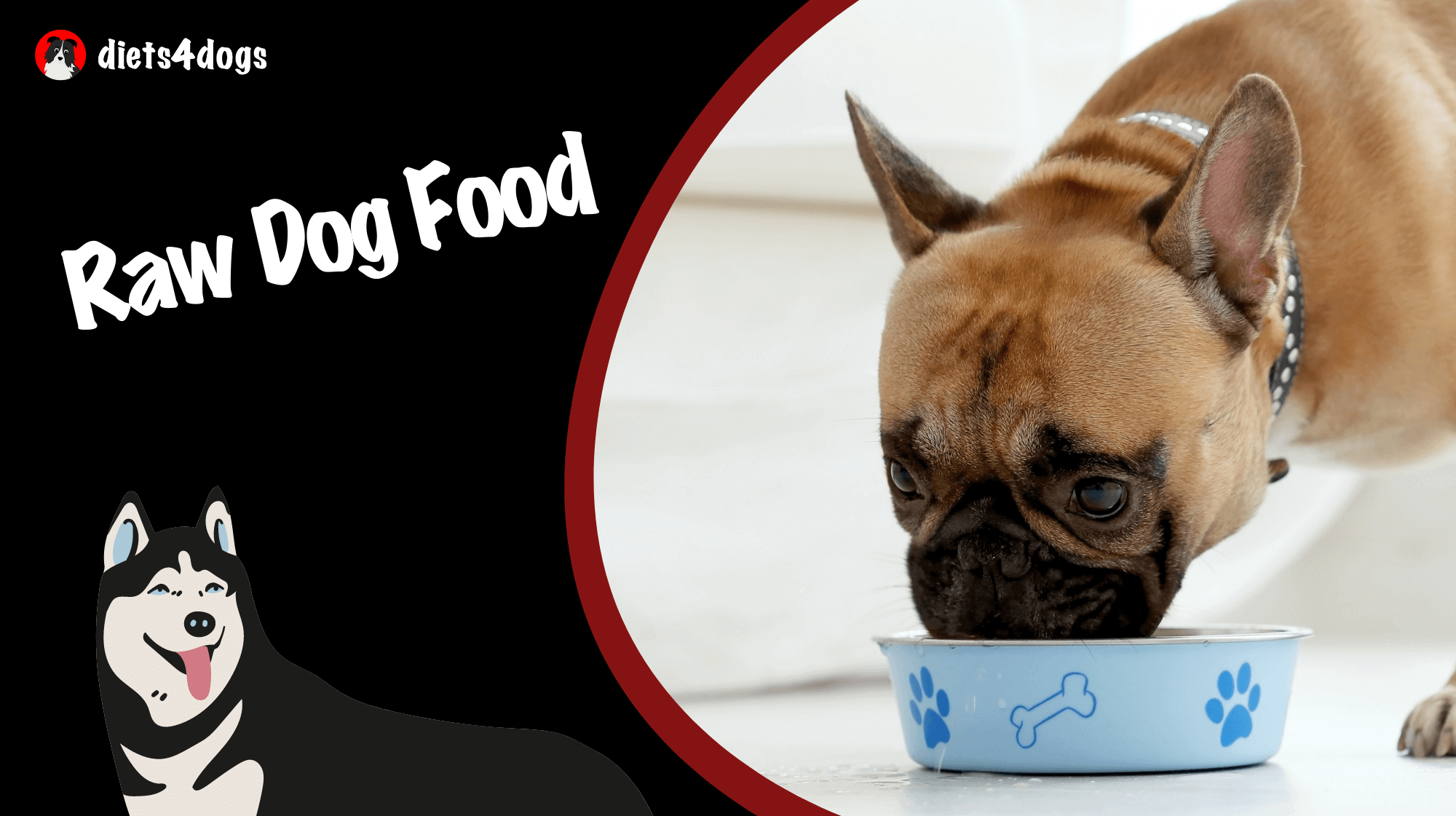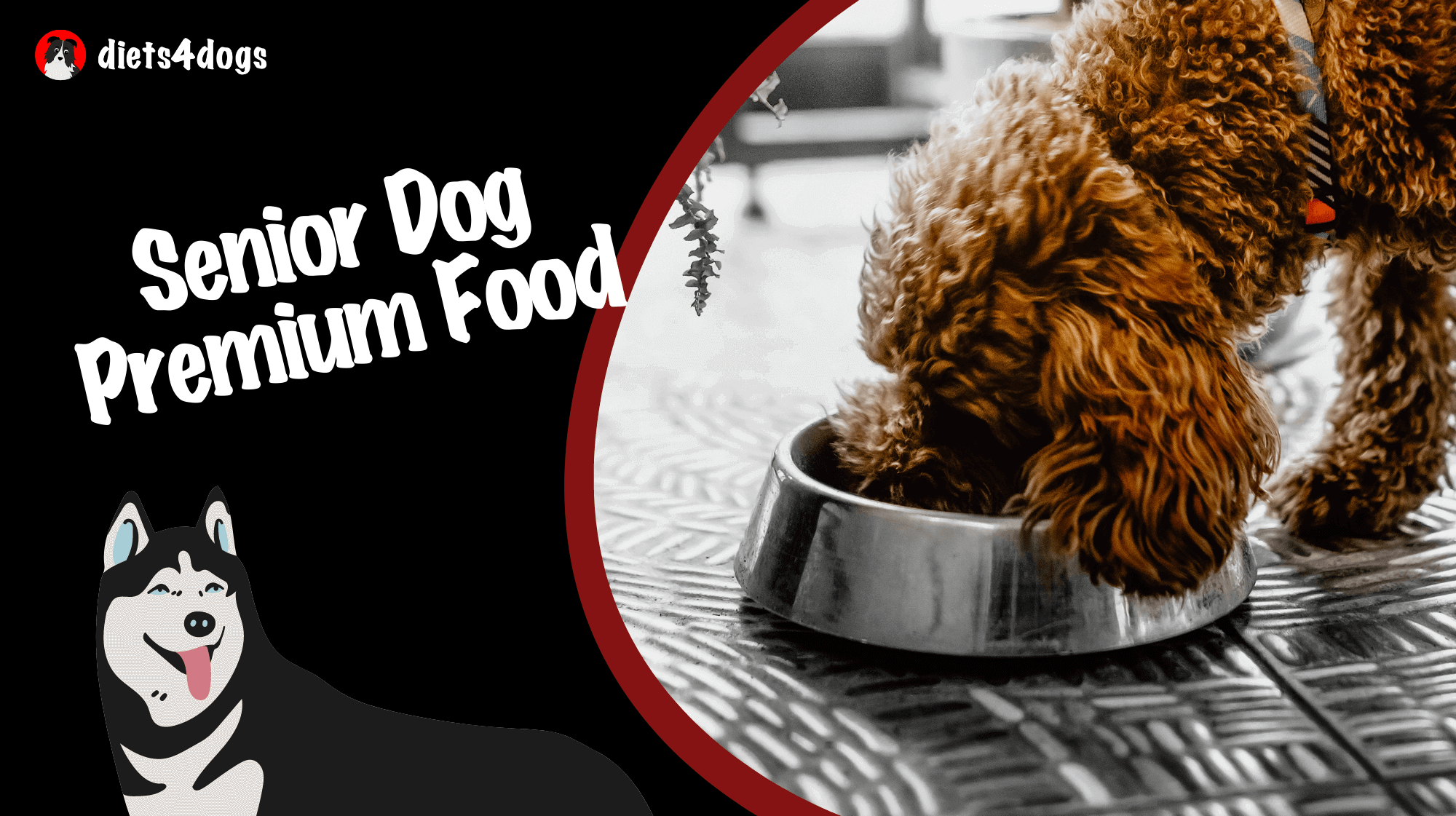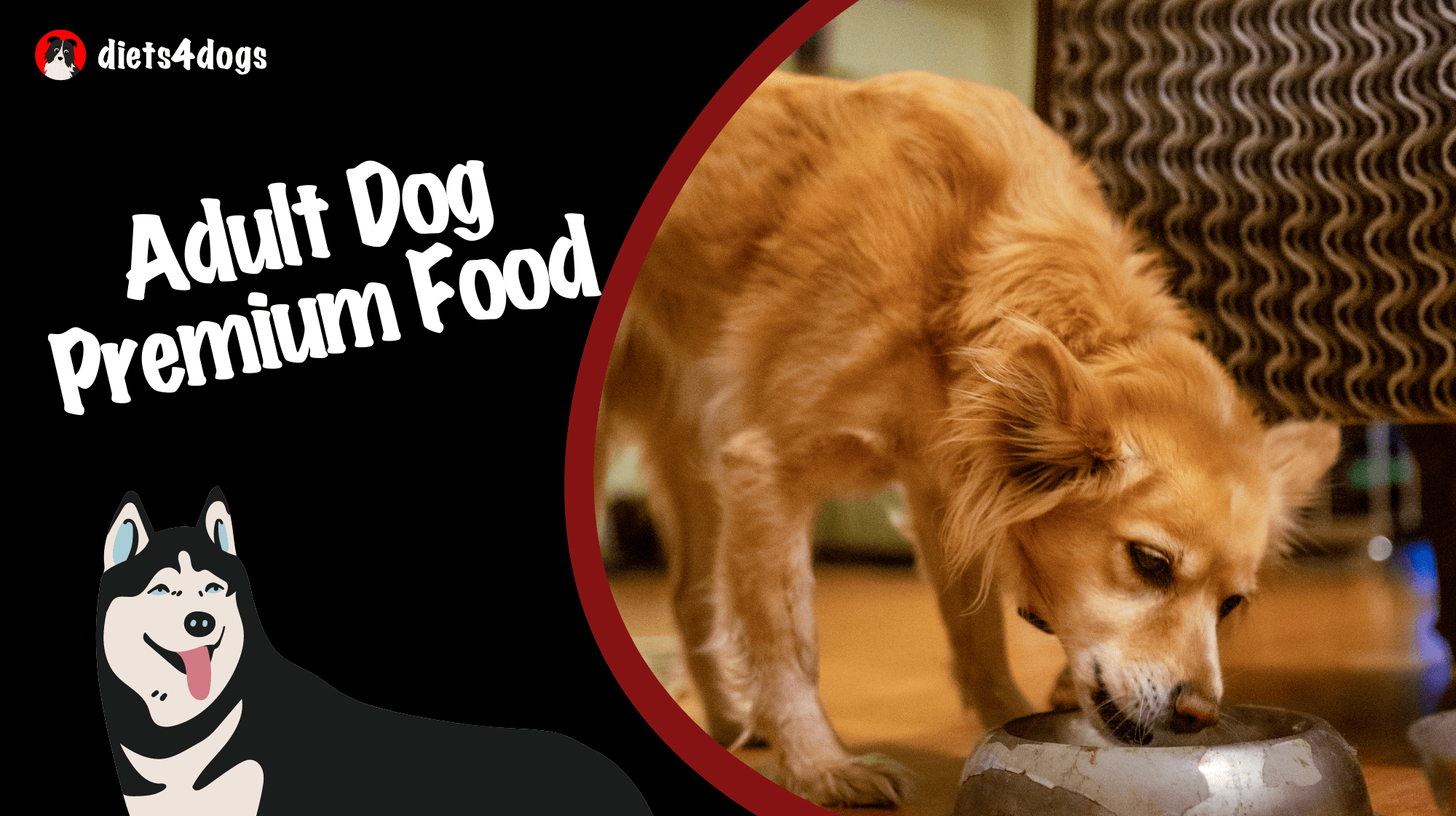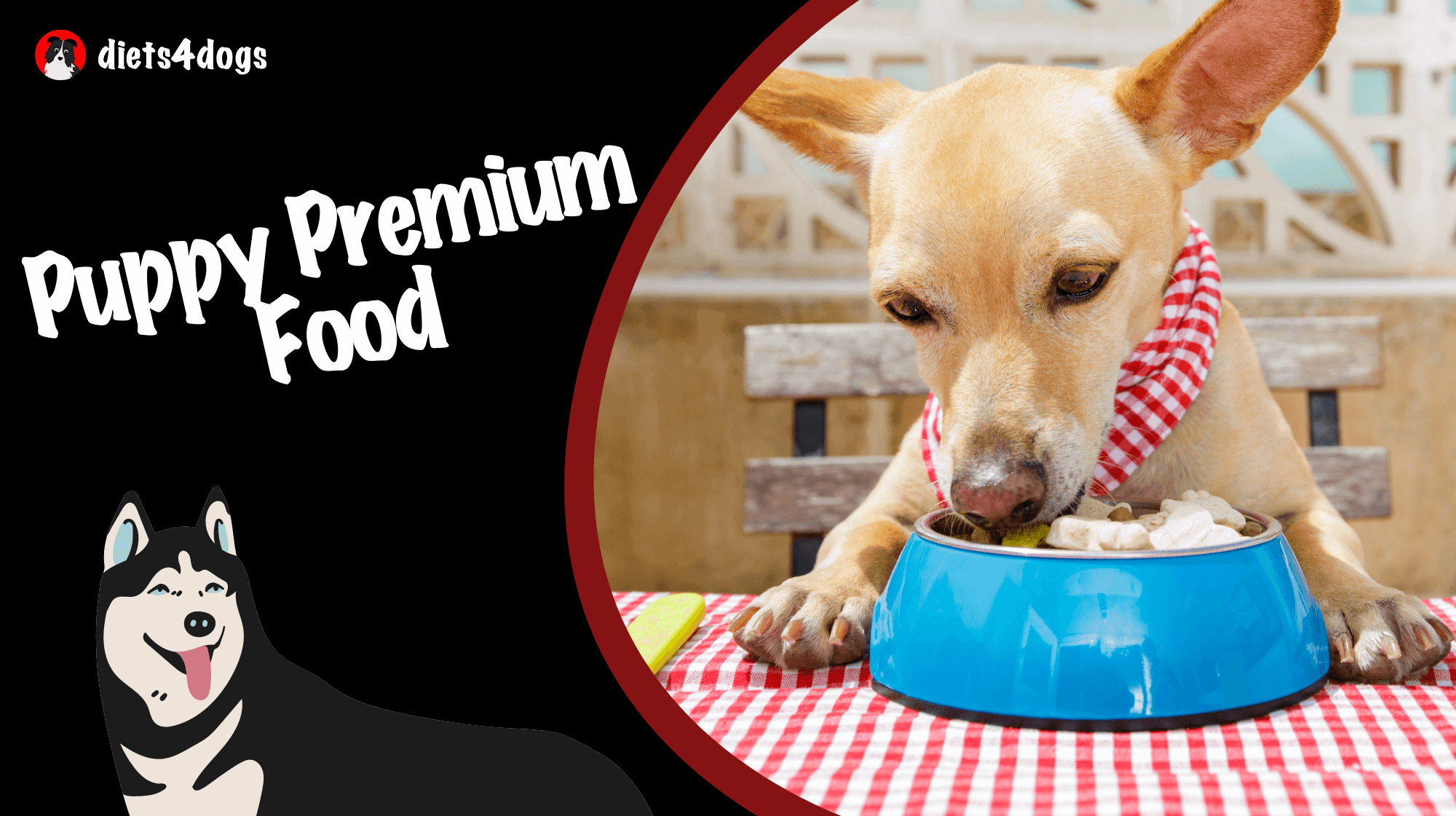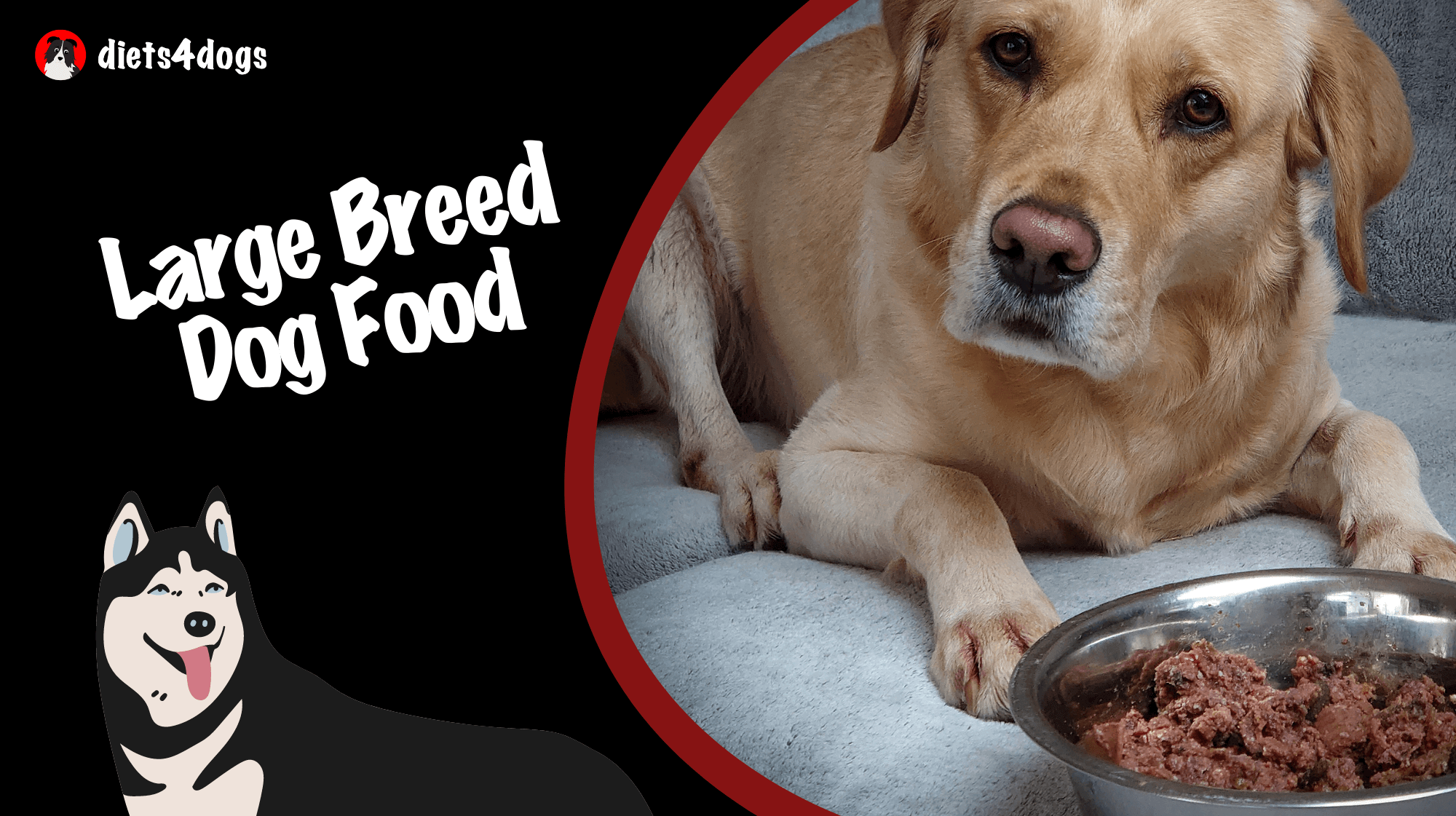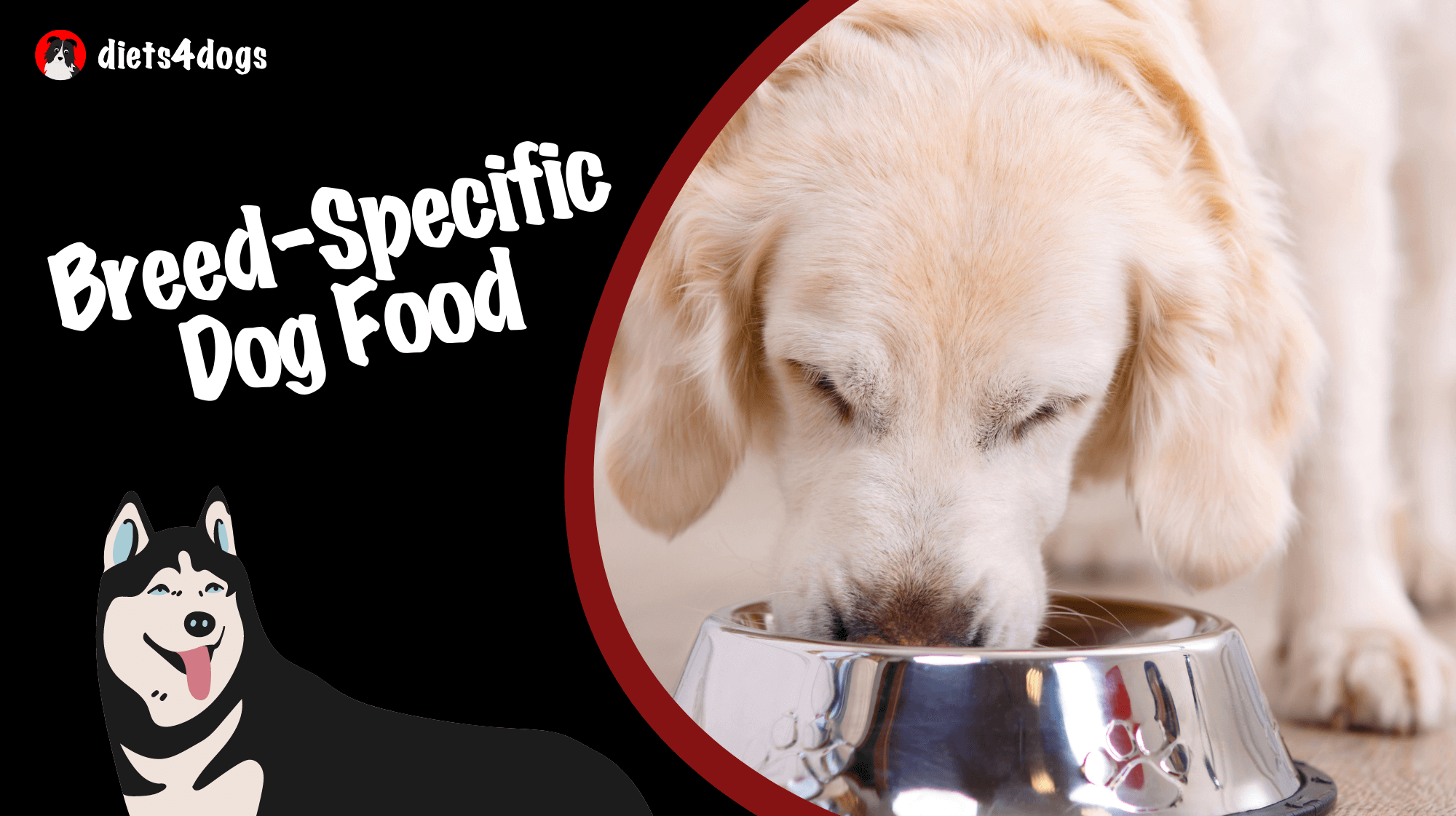Welcome to the world of high-protein dog food, where we dive deep into efficiently fueling your four-legged friend! 🐾 As a dedicated doggy devotee, you’re probably always on the lookout for ways to make your pup’s diet more nutritious and satisfying. Let’s shine a spotlight on protein, a key component in any dog’s daily menu. From improving energy levels to boosting muscle growth, we’ll reveal why a high-protein diet may be the secret to enhancing your dog’s wellbeing. And don’t worry, we’ll also guide you in choosing the best premium high-protein options tailored to your dog’s unique needs! Get ready to fetch some valuable insights and learn how to unleash your pup’s full potential.
High-Protein Dog Food: Enhancing Your Dog’s Diet
High-protein dog food contributes to a healthier, more energetic dog by providing the essential building blocks for muscle growth and repair. By selecting premium high-protein options tailored to your dog’s specific needs, you can support their overall wellbeing and ensure they receive the necessary nutrients for optimal health and vitality.
The Protein Power-Up: Why It’s Important for Your Dog’s Health
Protein is an essential nutrient that plays a vital role in maintaining and supporting your dog’s overall health. It provides amino acids, which are the building blocks of muscles, tendons, skin, and hair. A high-protein diet ensures that your furry friend has the energy and stamina to live an active and playful life.
Muscle Development and Maintenance
One of the main benefits of a high-protein diet is its positive impact on muscle development and maintenance. Premium dog food with a balanced mix of quality proteins will help promote strong, lean muscles in your dog. This is especially important for growing puppies, active adult dogs, and senior dogs who may struggle to maintain muscle mass.
Weight Management
Another advantage of incorporating high-protein dog food into your pup’s meal plan is its role in weight management. Dogs on a high-protein, lower-carbohydrate diet tend to feel fuller for longer, which can help reduce overeating and support weight maintenance or weight loss goals.
Understanding Your Dog’s Protein Needs
While it’s clear that protein is an essential part of a healthy diet, it’s also important to understand your dog’s specific protein needs to make informed choices. Factors such as breed, age, weight, and activity levels can all play a part in determining the optimal level of protein for your canine companion.
Breed and Size
Smaller breeds tend to have faster metabolisms, which may require a higher percentage of protein in their diet compared to larger breeds. On the other hand, larger breeds with slower metabolisms might be more prone to weight gain, so a balance between protein and calories is crucial to prevent obesity.
Age
Puppies, in particular, have higher protein requirements than adult dogs due to their rapid growth and development. Many premium dog food brands offer high-protein puppy-specific formulas to meet these needs. Senior dogs may also benefit from increased protein to help maintain muscle mass and stave off age-related conditions.
Activity Level
Active dogs, such as those involved in sports, agility training, or working dogs, will need more protein to support their increased energy demands and muscle repair. In contrast, less active or sedentary dogs may require less protein to avoid potential weight gain.
Choosing the Right High-Protein Premium Dog Food
With so many options available, it’s essential to know what to look for in high-protein dog food to ensure you’re selecting a quality product tailored to your dog’s specific needs. Here are some tips to help you navigate the world of premium dog food:
Check the Protein Source
Opt for dog food that lists high-quality animal proteins, such as chicken, turkey, beef, or fish, as the first ingredient. While plant-based proteins can supplement your dog’s diet, it’s essential that the primary protein source comes from animals for optimal nutrition.
Avoid Unnecessary Fillers
Steer clear of dog food containing an excess of corn, wheat, or soy, which can act as filler ingredients and offer minimal nutritional value. Instead, look for foods that have healthy sources of carbohydrates, such as sweet potatoes, peas, or brown rice.
Consider Special Dietary Needs
If your dog has food allergies or sensitivities, you may need to look for grain-free, hypoallergenic, or limited-ingredient high-protein dog food options. Consult with your veterinarian to determine the most appropriate diet for your dog’s unique needs.
Read the Labels and Research the Brand
Educate yourself on the nutritional content and ingredient quality by reading the dog food labels. Research the brand’s reputation, sourcing, and manufacturing practices to ensure that you’re providing your dog with a premium high-protein option.
Rotational Feeding for Balanced Dog Nutrition
When considering your dog’s nutritional needs, it’s important to acknowledge that variety can play a crucial role in maintaining overall health. Rotational feeding involves regularly rotating between different high-quality, high-protein dog foods to provide a balanced diet. This method can offer numerous benefits and expose your furry friend to a diverse range of nutrients.
Lower Risk of Nutrient Deficiencies
Limiting your dog’s diet to a single type of high-protein dog food may put them at risk of nutrient deficiencies, as individual foods may not contain all essential nutrients in balanced proportions. Rotational feeding can help mitigate this risk by providing different sources of proteins, fats, and carbohydrates to cover your dog’s nutritional needs.
Prevent Food Sensitivities and Allergies
Exposure to a single protein source over time can potentially cause food sensitivities and allergies in some dogs. Rotating protein sources can help lower the likelihood of developing these issues, while simultaneously offering your dog a variety of tasty meals to enjoy.
Enhance Palatability
Let’s face it – eating the same food every day can get monotonous. By rotating between different high-protein dog foods, you can keep mealtime exciting and increase your dog’s enthusiasm for dog nutrition – which is especially important for picky eaters or dogs with a reduced appetite.
Monitoring Your Dog’s Progress
Once you’ve introduced high-protein dog food to your pup’s diet, it’s essential to monitor their progress and ensure they’re benefiting from the new diet. Look for signs of positive changes in your dog’s energy levels, physical condition, and overall wellbeing.
Body Condition Scoring
Keep an eye on your dog’s body condition using the Body Condition Scoring (BCS) system, a visual and hands-on evaluation method that helps determine whether your dog is at their ideal weight. Maintaining an ideal body condition is crucial for your dog’s health and longevity.
Energy Levels and Coat Quality
Increased energy levels, better stamina, and a shinier, healthier coat are indications that the high-protein dog food is positively impacting your dog’s nutrition. On the other hand, lethargy or a dull coat could signal that further adjustments are needed in their diet.
Consult Your Veterinarian
Finally, always consult with your veterinarian before making significant changes to your dog’s diet or nutrition plan. They can provide expert advice, monitor your dog’s response to the new diet, and make recommendations to help achieve the best possible outcomes for your canine companion. Ensuring a well-balanced, high-protein diet is an excellent way to promote a healthy, thriving, and happy life for your dog.
FAQs: High-Protein Dog Food and Your Dog’s Health
Are you still curious about high-protein dog food and how it can benefit your dog’s health? We’ve got you covered! Here’s a helpful FAQ section answering some common questions related to high-protein diets for dogs. Let’s dig in!
1. How much protein does my dog need?
The ideal protein level for your dog depends on their breed, age, size, and activity level. As a general guideline, the minimum protein requirement for adult dogs is 18% of their daily caloric intake, while puppies and pregnant or nursing dogs require at least 22%.
2. Can too much protein harm my dog?
Excessive amounts of protein can be harmful to dogs with kidney or liver issues. However, for most healthy dogs, any surplus protein will be excreted through urine or used as an energy source. Consult your veterinarian before significantly increasing your dog’s protein intake.
3. Can I switch my dog to a high-protein diet overnight?
Switching your dog’s diet abruptly may cause gastrointestinal upset. It’s best to transition them gradually over a week, slowly introducing the new high-protein dog food by mixing it into their current food and increasing the proportion each day.
4. How do I choose a high-quality high-protein dog food?
Select a premium high-protein dog food with a quality animal protein source listed as the first ingredient. Avoid foods with excessive fillers like corn, wheat, or soy, and research the brand’s reputation, sourcing, and manufacturing practices to ensure top quality.
5. Are there any side effects to a high-protein diet for my dog?
Some dogs may experience gastrointestinal issues such as gas or loose stools when transitioning to a high-protein diet. If these issues persist, consult your veterinarian to determine if a high-protein diet is suitable for your dog.
6. Are raw and high-protein diets the same?
Not necessarily. While raw diets can be high in protein, they primarily focus on unprocessed, minimally processed, or freeze-dried raw ingredients. High-protein diets are not restricted to raw food and can include cooked or extruded dry and wet dog food as well.
No. Cats and dogs have different nutritional requirements. Cats need taurine, an essential amino acid found in animal-based protein, in higher amounts than dogs do. Stick to species-specific high-protein diets to meet your pets’ unique nutritional needs.
8. Is high-protein food suitable for puppies and senior dogs?
Yes, both puppies and senior dogs can benefit from high-protein diets. Puppies require higher protein levels for growth and development, while senior dogs need more protein to maintain muscle mass. Always select an age-appropriate high-protein dog food to cater to their specific needs.
9. Should I supplement my dog’s diet with additional protein?
In most cases, a balanced high-protein dog food should provide adequate protein for your dog. If you’re concerned about your dog’s protein intake, discuss this with your veterinarian before adding any supplements to their diet.
10. Can high-protein dog food help with my dog’s weight loss?
High-protein diets can support weight management in dogs by increasing satiety, which may help prevent overeating. However, weight loss is a result of calorie reduction and increased activity levels, so it’s essential to control portion sizes and provide regular exercise for your dog.

